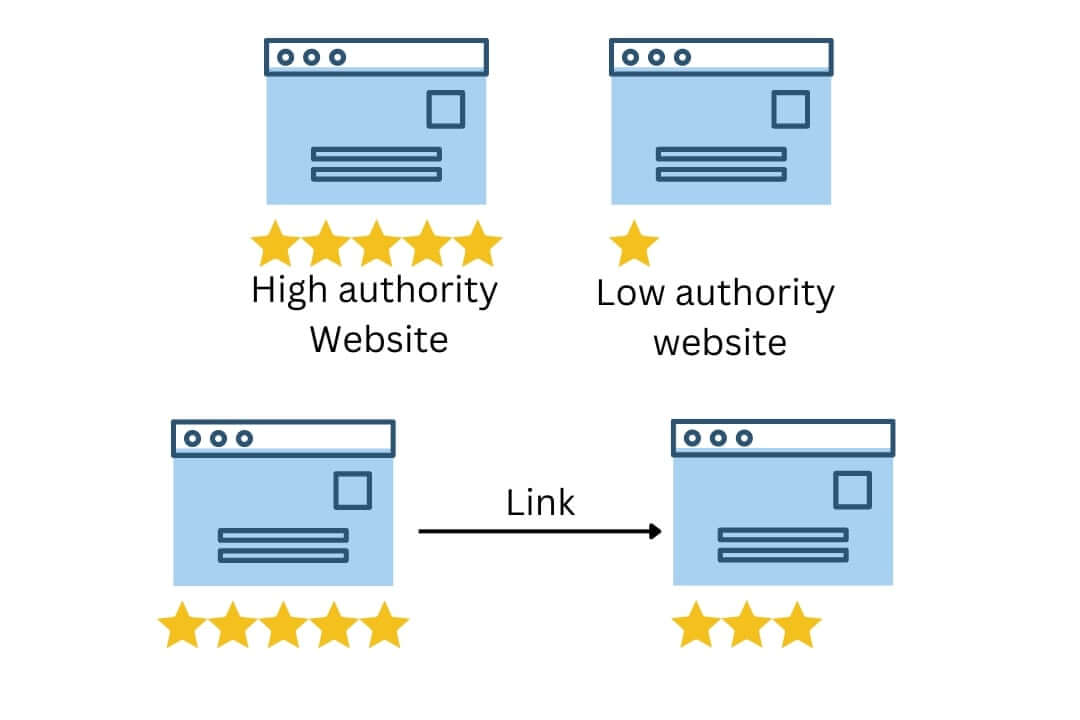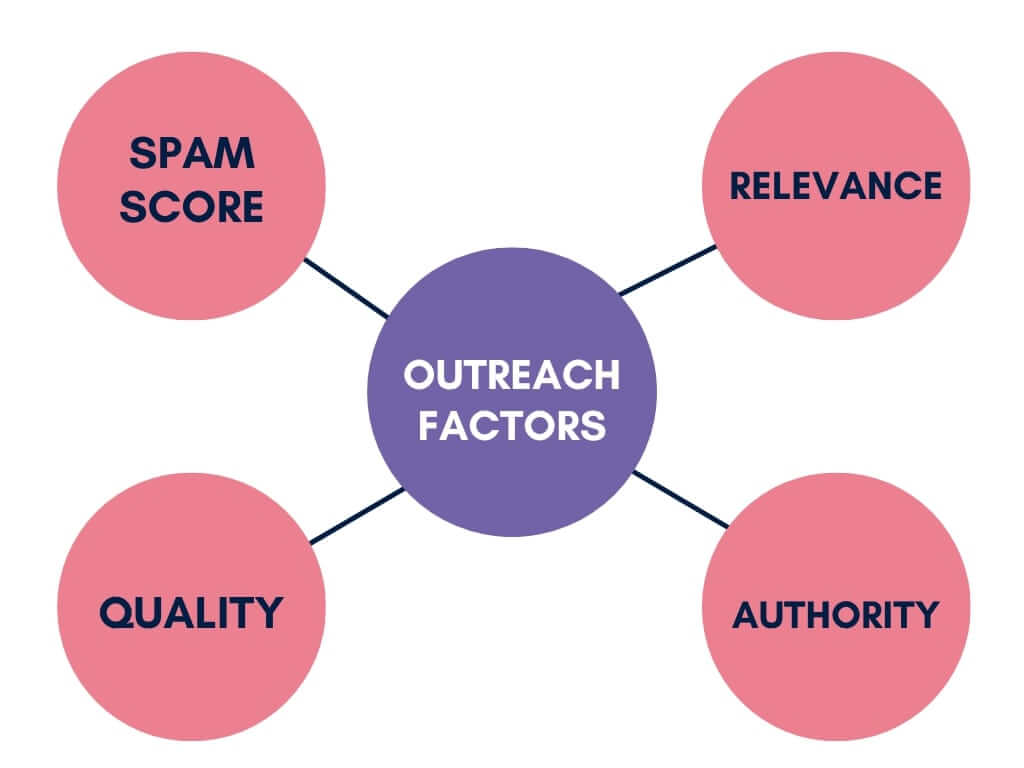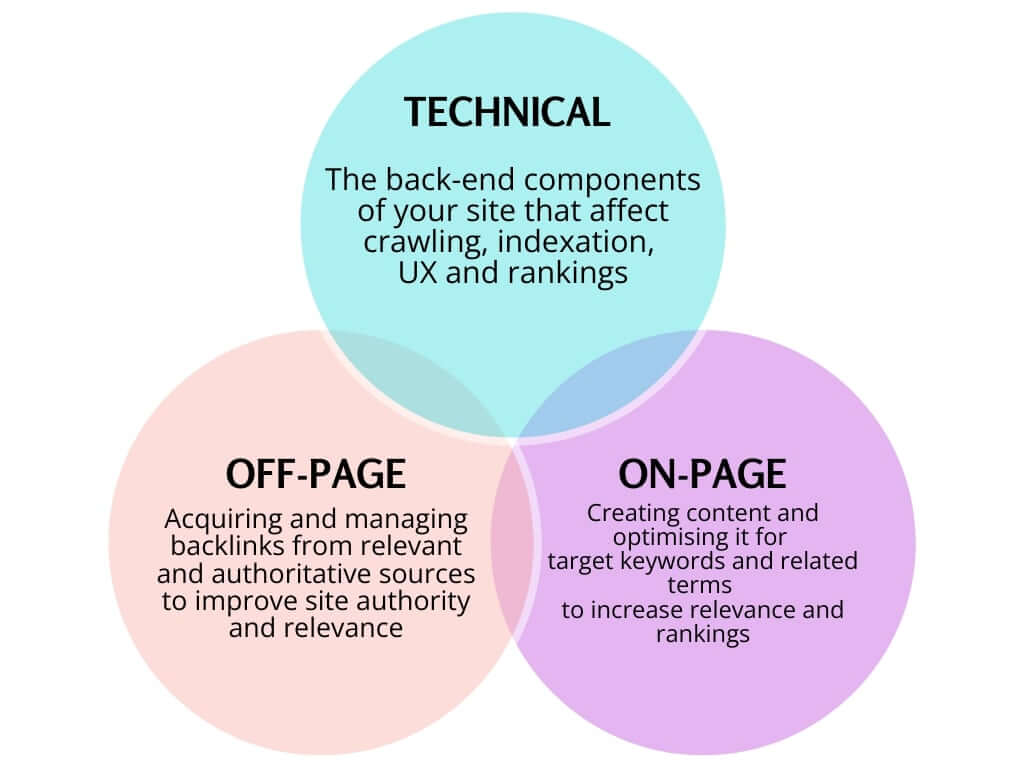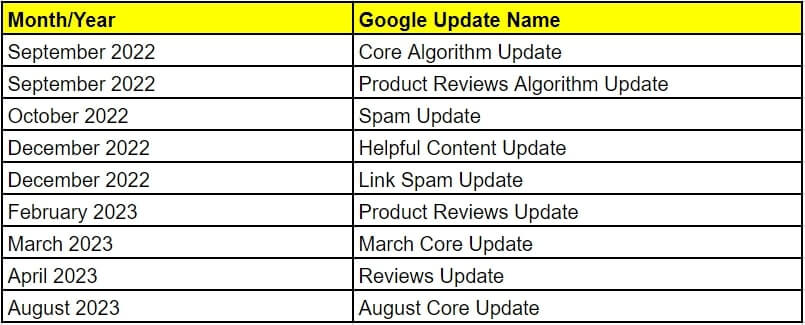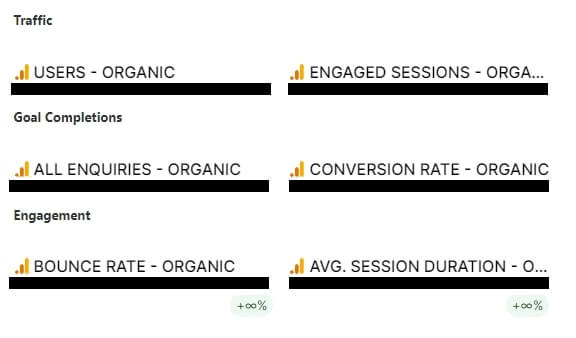How to Optimise for Google SGE: The Ultimate Playbook for SEO MavericksLearning how to optimise for SGE is crucial as Google's Search Generative Experience (SGE) introduces a shift in search engine functionality, emphasising dynamic, context-aware responses over the...

How to Optimise for Google SGE: The Ultimate Playbook for SEO Mavericks
How to Optimise for Google SGE: The Ultimate Playbook for SEO Mavericks
Learning how to optimise for SGE is crucial as Google’s Search Generative Experience (SGE) introduces a shift in search engine functionality, emphasising dynamic, context-aware responses over the traditional list-based outputs. Using AI, SGE generates relevant and conversational answers, steering away from mere keyword-focused content.
Embrace these changes and refine your approach to ensure they align with the advanced capabilities of SGE and maintain the effectiveness of your optimisation strategies.
Understanding Google SGE
Google SGE can enhance user interaction with search engines by providing more intuitive and relevant answers. This system integrates AI to understand and anticipate user intent, delivering a tailored search experience.
Unlike conventional search results that primarily focus on matching keywords, SGE offers answers by understanding the context and intent behind queries. This provides users with a more conversational and engaging experience.
The Potential Impact of SGE on Search Behavior and SEO
The introduction of SGE is reshaping search behaviour. Users are likely to become more reliant on the accuracy and contextuality of AI-driven responses, influencing how you structure your SEO strategies.
The Implications of SGE for SEO
SGE transforms user interactions by encouraging deeper engagement with search results, as users can now interact with AI-generated responses that feel more conversational and relevant. The focus now is to create content that answers direct queries and provides comprehensive insights while anticipating and addressing related follow-up questions.
Optimising for E-E-A-T in the Age of SGE
Focusing on enhancing your content’s Experience, Expertise, Authoritativeness, and Trustworthiness (E-E-A-T) is vital. Google’s SGE tends to prioritise and serve content that answers users’ queries with a high degree of credibility and reliability. To optimise for E-E-A-T:
1. Showcase Experience and Expertise
Ensure your content is created or vetted by individuals with verifiable expertise in their field. This could mean citing recognised authorities, including credentials, or providing detailed case studies.
2. Build Authoritativeness
Establish your site or content as a go-to source within your niche. This involves the depth and accuracy of your content and how widely it’s recognised and cited by other authoritative sources.
3. Ensure Trustworthiness
Your site should have clear, easy-to-find information about your organisation, accurate content, secure browsing (HTTPS), and transparent authorship. Trust is also built through consistent, factual, and error-free content.
Strategies to Enhance Content Quality and Relevancy for SGE
Employ targeted strategies to ensure your content is both authoritative and user-focused. Here’s how you can optimise your content for SGE effectively:
1. Conduct Thorough Research
Base your content on solid research from credible sources. Ensure all facts are verified and derived from authoritative publications or experts in the field to boost the credibility of your content in SGE’s eyes.
2. Align with User Intent
Understand what your audience is seeking. Use tools and analytics to gauge the intent behind search queries relevant to your niche. Then, customise your content to answer those queries precisely and comprehensively.
3. Provide Clear, Comprehensive Answers
Your content should address the main query and also cover related subtopics and questions. This depth ensures users get all the information they need in one place, which SGE favours.
4. Showcase Authority
Highlight the expertise behind your content. If it’s written by or in consultation with experts, make that clear. Cite authoritative sources to back up claims and provide context to your information.
5. Ensure Clarity and Structure
Organise your content logically using headings, subheadings, and bullet points for better readability. Clear, well-structured content is easier for both users and SGE to understand.
By implementing these strategies, you’re enhancing your content for SGE and providing value to your audience, which is the cornerstone of effective SEO in the age of advanced search technologies.
Leveraging Structured Data for SGE Optimisation
Maximise your content’s visibility in Google’s SGE through schema markups. This approach aids Google’s AI in interpreting your content’s context more effectively, increasing its likelihood of appearing prominently in SGE responses. Here’s how you can leverage structured data for SGE optimisation:
1. Implement Schema Markup
Use schema.org vocabulary to annotate your content. This makes your content’s structure and purpose clear to Google’s AI, helping it to categorise and present your information accurately in response to queries.
2. Highlight Key Information
With schema markup, you can identify key elements of your content, including articles, products, events, and people. This detailed categorisation enhances the AI’s ability to feature your content appropriately in SGE.
3. Test Your Markups
After implementing schema markup, use Google’s Structured Data Testing Tool to verify that Google can correctly interpret and display your structured data. This ensures your markup is effective and functioning as intended.
4. Stay Updated
Keep abreast of updates to schema.org and adjust your markup accordingly. Google’s understanding of structured data evolves, so your implementation should, too.
5. Monitor Performance
Regularly check how your content performs in SGE results after the implementation of structured data. Use insights from Google Search Console to refine your approach for even better visibility.
Examples of Structured Data Implementation for Better SGE Performance
Enhance your website’s performance in Google SGE by integrating structured data across various content types. Here are specific examples that can guide your strategy for improved SGE visibility and user engagement:
1. Articles and Blog Posts
Implement Article schema to detail your posts’ author, publish date, and content category. This helps SGE understand and categorise your content accurately, improving its chances of appearing in relevant searches.
2. Local Business Listings
Use LocalBusiness schema for your business details like name, address, phone number, and opening hours. It enhances your visibility in local searches and helps SGE provide accurate information in response to location-based queries.
3. Events
If you’re promoting events, Event schema can detail the event’s name, location, date, and ticket information, making it easier for SGE to feature your event in relevant search contexts.
4. E-commerce Products
For product pages, use Product schema to highlight information such as price, availability, and reviews. This structured data helps SGE present detailed product information directly in search results, aiding in users’ decision-making.
5. FAQ Sections
Implementing FAQPage schema on your FAQ section can help SGE directly pull answers from your site and feature them in response to related queries, improving your site’s visibility and authority.
Content Strategies for SGE
It’s crucial to refine your content strategies to ensure they cater to the platform’s unique demands. Here’s a focused approach to crafting content that thrives in the SGE environment:
1. Prioritise Comprehensiveness and Context
Your content should address the immediate question and explore related areas, offering a thorough exploration of the topic. This means anticipating related queries and weaving in answers throughout your content, providing a richer, more informative experience for the user.
2. Employ Contextual Depth
When creating content, consider the broader context of your topic. Include background information, explore different dimensions of the subject, and connect it to related topics. This approach helps SGE recognise the depth and relevance of your content to various queries.
3. Anticipate Follow-Up Questions
Identify common follow-up questions that might arise from your primary content topic. Integrate answers to these within your content to create a seamless and engaging user experience. Not only does this aid the user but it also positions your content as a trusted resource in SGE.
4. Use Subheadings for Clarity
Organise your content with clear subheadings that address specific questions or aspects of your main topic. This structure makes it easier for SGE to parse your content and present relevant snippets in response to user queries.
5. Update Regularly
The context and relevance of information can evolve. Regularly update your content to show the latest information, ensuring its continued relevance and usefulness in SGE.
Technical SEO Adjustments for SGE
Make sure to also focus on technical SEO enhancements that meet SGE’s requirements. Here’s how you can fine-tune your website technically to stand out in SGE results:
1. Ensure Your Site is Crawlable
Ensure search engines can easily navigate your website. Use a clean, logical site structure, apply consistent and clear URL formatting, and use a robots.txt file and sitemap to guide search engine crawlers effectively.
2. Boost Site Speed
Site speed is a pivotal factor for SGE. Optimise your website’s loading times by compressing images, leveraging browser caching, minimising CSS and JavaScript, and considering a content delivery network (CDN) to reduce latency.
3. Optimise for Mobile
With the dominance of mobile search, your website must perform flawlessly on mobile devices. Implement responsive design, optimise images for mobile, and streamline navigation to ensure a user-friendly mobile experience.
4. Monitor and Improve Technical Health
Regularly audit your website for technical issues, including broken links, improper redirects, or slow-loading pages. Tools such as Google Search Console can provide insights into areas that need attention.
5. Enhance User Experience
SGE values websites that offer a great user experience. Make sure your site is intuitive, easy to navigate, and provides valuable, easily accessible content to users.
Monitoring and Adapting to SGE Updates
Stay ahead in the SGE landscape by actively monitoring your site’s performance and adapting your strategies based on insights gained. Here’s a straightforward guide to staying on top of SGE updates and optimising your SEO approach accordingly:
1. Use Analytics Tools
Implement robust analytics tools to track your site’s performance in SGE. Pay attention to metrics such as traffic, engagement, and SERP positioning, and analyse how changes in SGE affect these indicators.
2. Stay Informed on SGE Updates
Regularly check official Google blogs, SEO news sites, and forums to update yourself on the latest SGE changes and insights. Understanding these updates can provide you with a strategic advantage.
3. Adjust SEO Strategies Promptly
When Google rolls out updates to SGE, review and revise your SEO tactics to ensure they remain effective. This may involve tweaking your content, technical SEO, or user experience design.
4. Test and Iterate
After adjusting your strategies, conduct A/B testing and use the data to refine your approach. Continuous testing and iteration can help you find the most effective tactics for SGE optimisation.
By actively monitoring SGE’s impact and staying agile in your SEO strategy, you can maintain and even boost your site’s visibility and performance in this evolving search environment.
Conclusion
Optimising for Google’s Search Generative Experience (SGE) is imperative if you aim to maintain a competitive edge in digital marketing. As SGE introduces a shift towards more contextually rich and conversational content, SEO strategies must evolve to prioritise depth, relevance, and context.
For those looking to navigate this new landscape successfully, partnering with experts is beneficial. If you’re seeking guidance in optimising for SGE, enhancing your SEO strategies, or maximising your Google Ads effectiveness, consider reaching out to Springhill Marketing.
Our team is ready to help you adapt and thrive in this evolving digital age. Contact Springhill Marketing today to ensure your strategies remain effective and ahead of the curve.
Drive Your Business Towards The Best Results.
Talk to us about how we can help.













